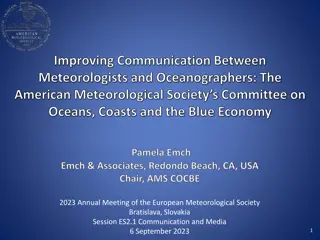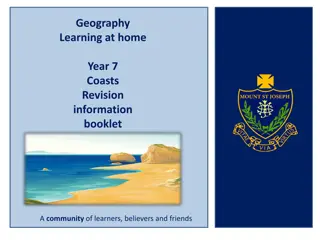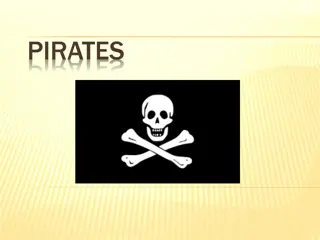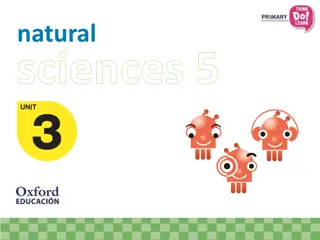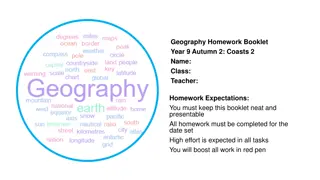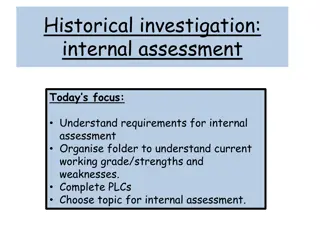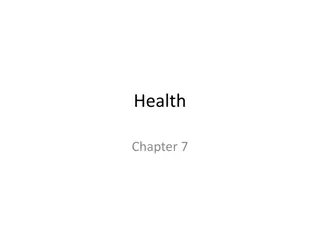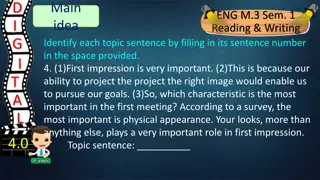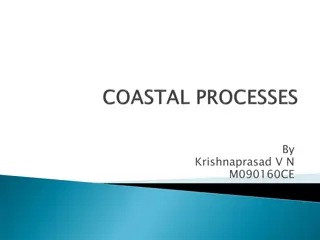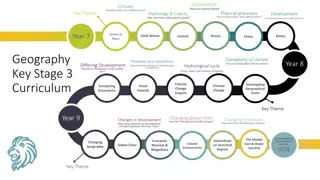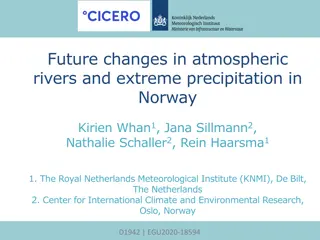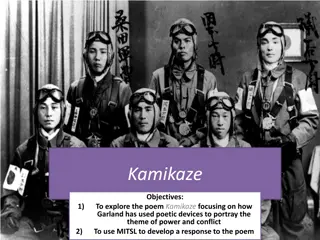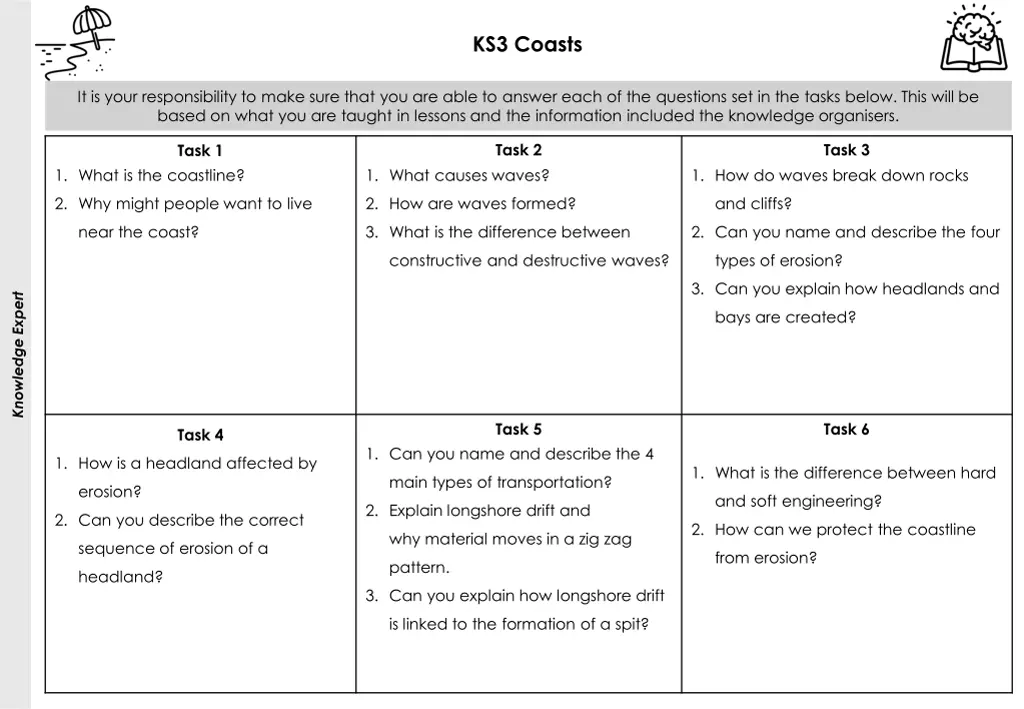
Understanding Coastal Processes for KS3 Students
Explore key concepts such as coastlines, wave formation, erosion, and coastal protection in this informative content tailored for KS3 students studying coasts. Gain insights into the dynamic interactions shaping our coastlines and the importance of safeguarding these vulnerable areas.
Download Presentation

Please find below an Image/Link to download the presentation.
The content on the website is provided AS IS for your information and personal use only. It may not be sold, licensed, or shared on other websites without obtaining consent from the author. If you encounter any issues during the download, it is possible that the publisher has removed the file from their server.
You are allowed to download the files provided on this website for personal or commercial use, subject to the condition that they are used lawfully. All files are the property of their respective owners.
The content on the website is provided AS IS for your information and personal use only. It may not be sold, licensed, or shared on other websites without obtaining consent from the author.
E N D
Presentation Transcript
KS3 Coasts It is your responsibility to make sure that you are able to answer each of the questions set in the tasks below. This will be based on what you are taught in lessons and the information included the knowledge organisers. Task 2 Task 3 Task 1 1. What is the coastline? 1. What causes waves? 1. How do waves break down rocks 2. Why might people want to live 2. How are waves formed? and cliffs? near the coast? 3. What is the difference between 2. Can you name and describe the four constructive and destructive waves? types of erosion? 3. Can you explain how headlands and Knowledge Expert bays are created? 4. k Task 5 Task 6 Task 4 1. Can you name and describe the 4 1. How is a headland affected by 1. What is the difference between hard main types of transportation? erosion? and soft engineering? 2. Explain longshore drift and 2. Can you describe the correct 2. How can we protect the coastline why material moves in a zig zag sequence of erosion of a from erosion? pattern. headland? 3. Can you explain how longshore drift is linked to the formation of a spit?
Lesson 1 What is the coast KS3 Coasts knowledge checkers Core knowledge Key words Across the planet the coastal areas are generally well populated. Although coastal zones account for less than 15% of the world land area , they are home to more than 40% of the world population. Coastline the area where the land meets the sea. In Europe alone, around 50% of the population lives within 50 kilometres of the sea! People live near the coast for many reasons including access to transport facilities such as sea ports, for fishing, for tourism, for a good climate and for flat land. Knowledge Organiser However, the coastal zone is vulnerable to flooding, wave erosion and damage to the delicate ecosystem. This means that coastal land is well-populated and economically valuable, but also vulnerable, so protecting it is important. The costs of protecting it can be justified because the cost of doing nothing will be greater than that of installing coastal defences. Many people have an interest in the coast; people who live there, tourists, business owners who rely on tourism, the fishing industry, sea transport networks, railways, roads, power stations needing access to water, and many more. Misconceptions Take it further... Multiple processes can occur at the same time on the coastline. What is the coast?
Lesson 2 Waves KS3 Coasts knowledge checkers Key words Core knowledge Fetch - is the distance a wave travels Waves are caused by energy transfer from the wind to the sea. As the wind blows over the surface of the sea, it creates friction forming waves. The size of the fetch will affect the strength of the waves. Wave length distance between the crest (top) of two waves Knowledge Organiser Constructive waves - Waves which help build up material on the beach. Destructive waves - Waves which remove material from the beach. The characteristics of a constructive wave are: small waves, with low wave height and long wavelength occurs in calm conditions, without much wind strong swash and weak backwash the strong swash brings sediments to build up the beach the backwash is not strong enough to remove the sediment the waves are low and further apart The characteristics of a destructive wave are: weak swash and strong backwash occurs in stormy conditions, with strong winds the strong backwash removes sediment from the beach the waves are steep and close together tall waves with short wavelength they arrive quickly and have a high frequency a lot of them come in a short period of time Take it further... Video BBC
Lesson 3 Coastal Erosion KS3 Coasts knowledge checkers Key words Core knowledge Waves force air into cracks in the rock. This pressure helps to break the rock up. Hydraulic action Erosion - the wearing away of rocks by the action of the sea Sand, pebbles and large stones scrape against the rock, wearing it away like sand paper. Abrasion Chunks of rock get knocked together and worn into smaller and smaller pieces. Knowledge Organiser Coastline the area where the land meets the sea. Attrition Substances in the water dissolves material from the rock. Solution Take it further... Headlands and bays. Bands of soft rock such as clay and sand are weaker and therefore they can be eroded quickly. This process forms bays. A bay is an inlet of the BBC sea where the land curves inwards, usually with a beach. Hard rock such as chalk is more resistant to the processes of erosion. When the softer rock is eroded inwards, the hard rock sticks out into the sea, forming a headland. Video
Lesson 4 KS3 Coasts knowledge checkers Erosion of a headland Key words Core knowledge Erosion of a headland Hydraulic action - Waves force air into cracks in the rock. This pressure helps to break the rock up. Cracks are formed in the headland through the erosional processes of hydraulic action and abrasion. As the waves continue to grind away at the crack, it begins to open up to form a cave. Knowledge Organiser Abrasion - Sand, pebbles and large stones scrape against the rock, wearing it away like sand paper. Headland an area of hard rock cutting out into the sea. The cave becomes larger and eventually breaks through the headland to form an arch. The base of the arch continually becomes wider through further erosion, until its roof becomes too heavy and collapses into the sea. This leaves a stack (an isolated column of rock). The stack is undercut at the base until it collapses to form a stump. Take it further... Misconceptions Many of these features of erosion can be present on any part of the headland at any time. Video BBC
Lesson 5 Transportation KS3 Coasts knowledge checkers Key words Core knowledge The energy of the waves will allow the water to move sediment. They way that they are moved will depend on the size and weight of the sediment and the power of the waves. Coastal transportation - the movement of material in the sea and along the coast by waves. Swash The water flowing towards a beach when a wave breaks. Movement of sediment along the beach is known as longshore drift. Knowledge Organiser Backwash The movement of water down the beach. Sediment - Small fragments of rock and soil that form layers. Prevailing wind - The most common wind direction Take it further... Video BBC
Lesson 6 KS3 Coasts knowledge checkers Beaches and Spits Key words Core knowledge Deposition is when material that is being transported is dropped by constructive waves. It happens because waves have less energy. Deposition is likely to occur when: waves enter an area of shallow water waves enter a sheltered area, eg a cove or bay there is little wind a river or estuary flows into the sea, reducing wave energy Deposition - when material is dropped by the sea Estuary where the mouth of the river is tidal Tidal affect by the tides, the sea rising and falling. Knowledge Organiser Longshore drift the zigzag motion of material along the coastline. Take it further... Misconceptions A lagoon is only found behind a bar NOT a spit. Video BBC
Lesson 6 KS3 Coasts knowledge checkers Coastal Management Core knowledge Key words Description Advantages Disadvantages Hard engineering -involves They prevent erosion but not the movement of sediment, which can affect other areas. Wel maintained walls can last for years. They create a strong backwash ,which can erode wall foundations. Expensive to build and maintain. the use of man-made Walls are built at the back of beaches to reflect waves back to the sea. Sea walls structures to reduce the erosive power of waves It is highly effective at absorbing wave power. It is relatively cheap, quick to build and easy to maintain. Boulders are often sourced from other locations and may appear unsightly next to local geology. Large boulders are placed along the coastline to absorb the power of waves. Rock armour / rip rap Soft engineering works Knowledge Organiser with the natural Concrete or wooden barriers are built at right angles to the beach to prevent longshore drift, trap sediment and absorb the power of waves. They are relatively cheap and effective at preventing erosion. They create larger beaches, which can attract more tourists. The restriction of movement of sediment may simply move the problems of erosion further down the coast. environment to protect Groynes coastal areas. Shoreline Managment Plan Wire cages filled with rocks are placed at the base of cliffs to absorb wave energy. They are cheap and easy to construct. They are often made from local materials. The wire cages are ugly and can erode within 10 years. Can become dangerous. Gabions what actions will be taken to protect the These processes create a wider beach, which slows waves and provides greater protection from erosion and flooding. These processes are expensive and must be repeated regularly. Beach access may be restricted during construction. Beach nourishment and reprofiling Sediment is either added to the beach from elsewhere or shifted from the bottom of the beach to the top. coastline, if any. Take it further... Dunes are created or restored by adding more sand (nourishment), building fences or planting vegetation. Dunes form an effective barrier between land and sea, and they help maintain natural habitats. The method is expensive and requires a lot of maintenance. Dune regeneration Managed retreat allows land to become naturally flooded, creating an area of marshland or mudflats that protects inland areas. This is a cheap, natural option. However, large areas of agricultural land may be lost. Internet Geography BBC Bitesize

